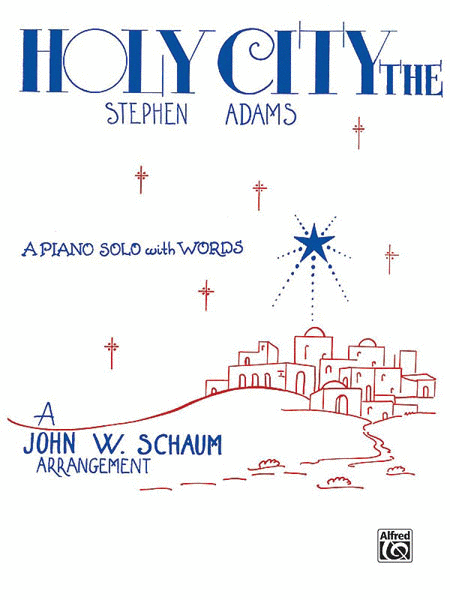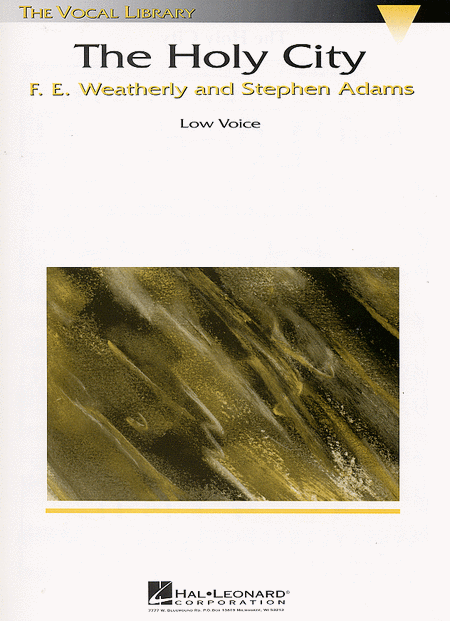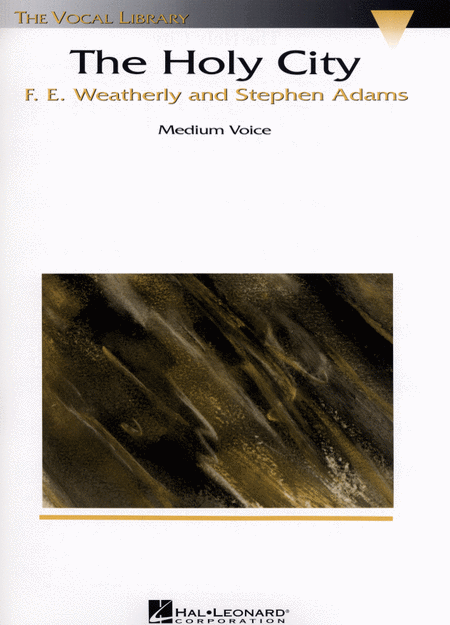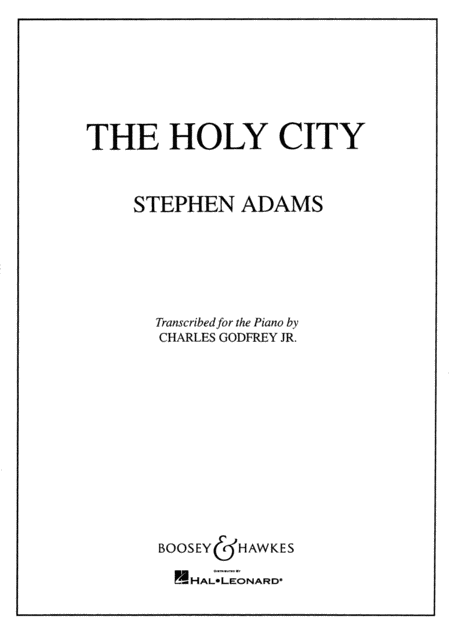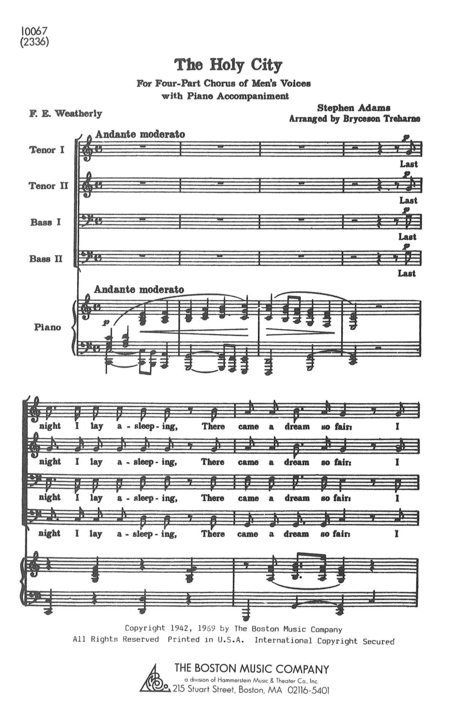Stephen Adams (1841 - 1913)
 Royaume-Uni
Royaume-Uni
Michael Maybrick (31 January 1841 - 26 August 1913) was an English composer and singer, best known under his pseudonym Stephen Adams as the composer of "The Holy City," one of the most popular religious songs in English.
Earl ... (Read all)
Source : Wikipedia
 Royaume-Uni
Royaume-UniMichael Maybrick (31 January 1841 - 26 August 1913) was an English composer and singer, best known under his pseudonym Stephen Adams as the composer of "The Holy City," one of the most popular religious songs in English.
Earl ... (Read all)
Source : Wikipedia
Free sheet music of Stephen Adams - N
2 sheets found sorted by:
Search
| ||||||||||||||||||||||||||||||
© 2000 - 2024
Home - New releases - Composers
Legal notice - Full version



